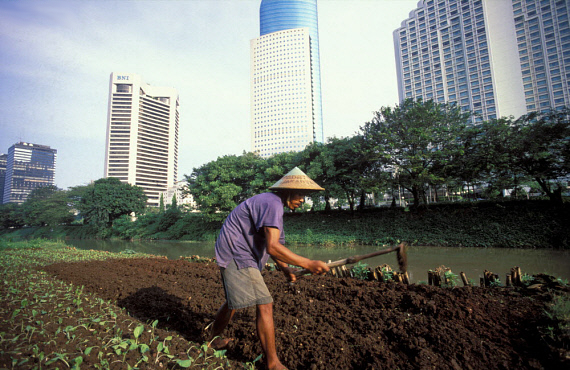What is Structural Transformation?
Structural transformation in economics is the shift in labour force from agriculture to high-productivity sectors like manufacturing and modern services. It is a compositional shift caused by the transfer of surplus labour from the farms to better-paying sectors. It is expected to result in increased productivity and higher incomes.
Why is Structural Transformation in News?
The recently released annual Periodic Labour Force Survey (PLFS) report for 2021-22 shows that the farm sector still employs a significant proportion of the labour force in India, at 45.5%. Although this figure has decreased slightly from 46.5% in 2020-21, it is still higher than the 2018-19 low of 42.5%. This indicates that the economic disruptions caused by the pandemic, which led to a migration back to the farms, have not yet been fully resolved. Notably, the structural transformation has been slowing down since 2011-12.
What is the Structural Transformation that occurred in India in 1991?
Liberalization, Privatization, and Globalization. This structural transformation was brought in under the New Economic Policy that was launched in 1991. Mr PV Narasimha Rao was the then PM and Dr Manmohan Singh was the then Finance Minister. The main aim of this structural transformation was to make India more market-oriented, reduce the inflation rate, increase the growth rate of the economy, increase the flow of economic goods in the country, etc.
What was the Structural Transformation that occurred in India during the Colonial period?
Industrialization and Urbanization. There was a movement of people. For instance, people in present-day Jharkhand moved to work in tea plantations in Assam. During the colonial period, industrialization in some parts of the country led to deindustrialization in other parts. Cities like Surat and Masulipatnam declined. And cities like Bombay and Madras grew. The Structural transformation during the colonial period brought in huge changes. These changes were predominantly witnessed in production systems, the density of settlements, and technology. And a major change was seen in the way of life of the people.
Month: Current Affairs - March, 2023
Category: Economy & Banking Current Affairs


